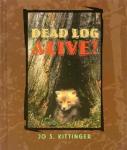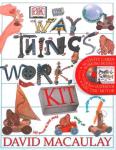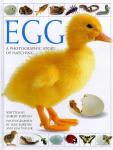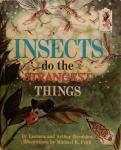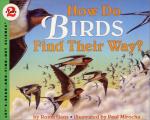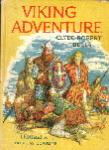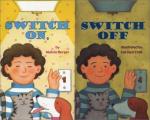Elementary
Dead Log Alive!
This book provides an interesting and detailed look at what comes to live in and around a dead log – woodpeckers, squirrels, mushrooms, fungi, moss, molds, porcupines, foxes, snakes, scorpions, millipedes, centipedes, pill bugs, salamanders, ants, termites, and beetles. Includes many interesting color photos and details about each species, how to tell them apart and much more. The book also includes an index, a glossary and suggestions for further reading.
The Way Things Work Kit
This kit provides dozens of special cardboard pieces, wooden dowels string, wheels, etc. for making simple machines (inclined planes, scales, etc.) that can be used for understanding basic concepts of mechanics – how things work. Based upon the bestselling "The Way Things Work" by David Macaulay, the kit continues the theme of Wooly Mammoths as props and characters for use in these experiments.
Egg: A Photographic Story of Hatching
When you think of eggs hatching, do you tend to think of birds and chicks? Think again! Reptiles, fish and insects can hatch from eggs as well. This book provides the photo stories of the hatching of 27 different animals including Ostrich, Moorhen, Japanese Quail, Starling, Leopard Tortoise, Cornsnake, Leopard Gecko, Ladybug, Common Frog, Great Crested Newt, Goldfish and Kerry Slug. Each hatching includes numerous photos with detailed descriptions of the process and how long it takes. A final photo generally shows the creature a day or two later.
Heroes of Virtue
Viking Adventure
Switch On! Switch Off!
A very simple children's book designed to explain how electricity works and how it is harnessed to be used in everyday life. The thing my husband (the electrical engineer) liked about this book was that it, quite simply, doesn't have any flaws. It is simple, but substantive.

